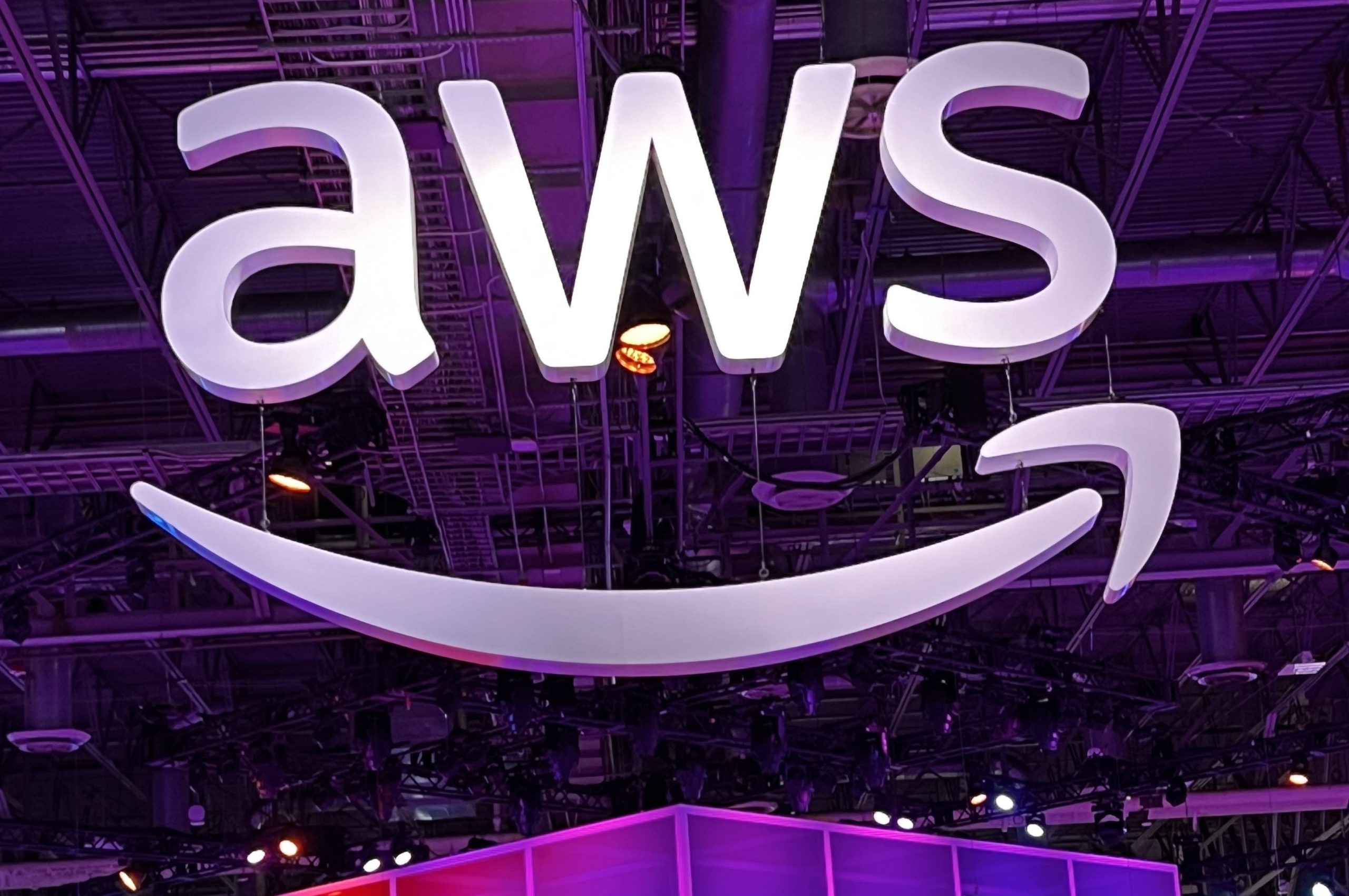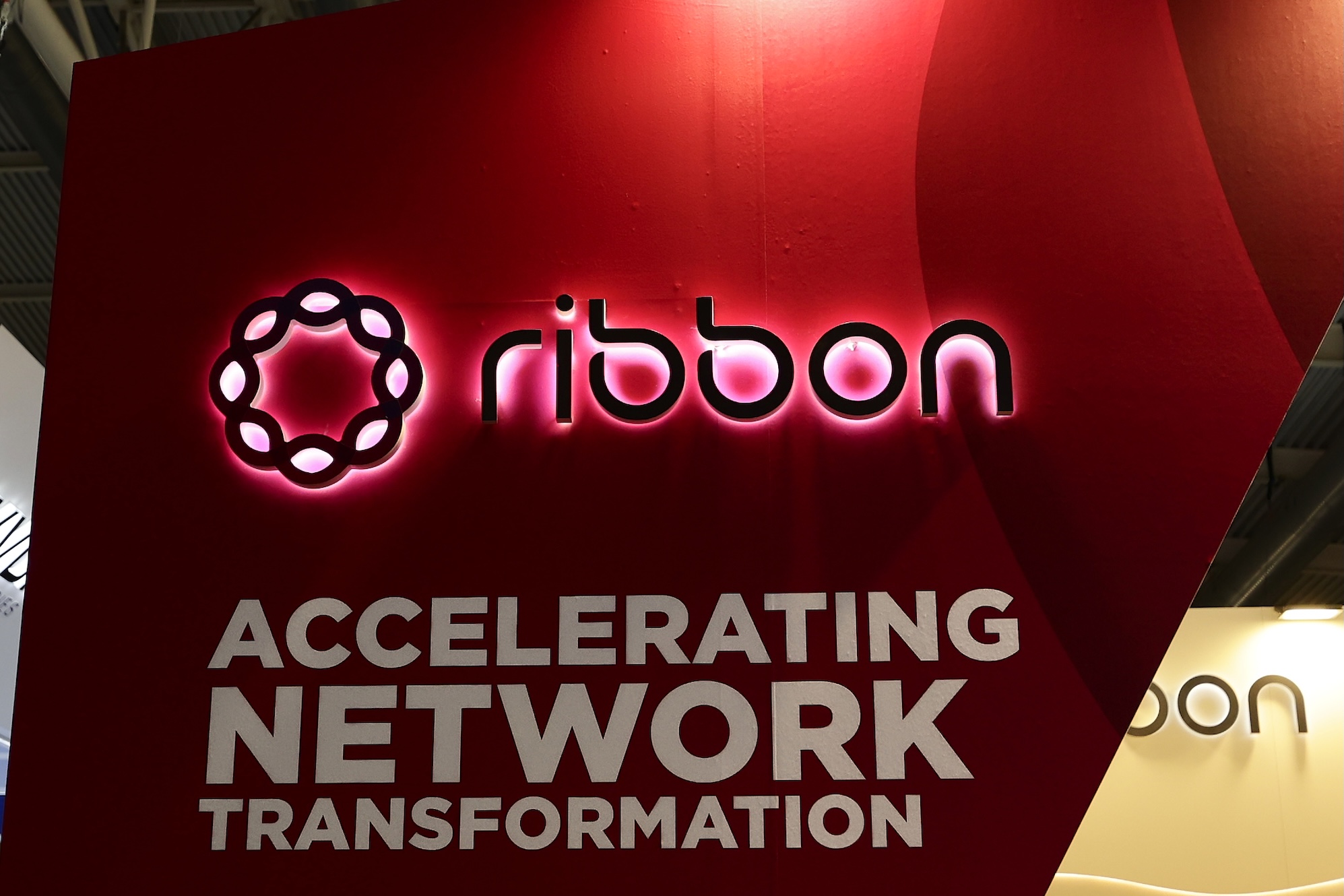
Amazon Web Services (AWS), the pioneering cloud infrastructure service from Amazon, is poised for its most significant growth acceleration in three years, driven by the insatiable demand for computational power emanating from the burgeoning artificial intelligence sector. This robust performance has not only surpassed financial analysts’ forecasts but also underscores the pivotal role cloud providers play in enabling the current technological revolution.
A Resurgence Fueled by Artificial Intelligence
The latest financial disclosures from Amazon reveal that AWS is experiencing a remarkable 20% year-over-year expansion. During the initial nine months of the fiscal year, the cloud giant recorded an impressive $33.1 billion in sales. Furthermore, its operating income for the third quarter climbed to $11.4 billion, a notable increase from $10.4 billion reported in the corresponding period of the previous year. This financial uptick signifies a powerful resurgence for a business segment that, despite its consistent profitability, had seen its growth rates moderate in recent times.
Andy Jassy, the President and CEO of Amazon, articulated the company’s momentum during the earnings announcement, stating, "AWS is growing at a pace we haven’t seen since 2022, re-accelerating to 20.2% year-over-year." He further emphasized the dual drivers behind this acceleration, noting, "We continue to see strong demand in AI and core infrastructure." Jassy also highlighted the company’s aggressive strategy in expanding its physical footprint, confirming that AWS has been "focused on accelerating capacity — adding more than 3.8 gigawatts in the past 12 months" to meet burgeoning client needs.
The foundational role of AWS in the digital economy dates back to its launch in 2006. At a time when on-demand computing resources were a novel concept, AWS democratized access to scalable infrastructure, allowing startups and enterprises alike to build and deploy applications without the prohibitive upfront costs of owning and maintaining physical data centers. This innovation kickstarted the cloud computing era, transforming how businesses operate and scale. For years, AWS maintained an unchallenged lead, setting industry standards and continuously expanding its suite of services, from basic compute and storage to advanced analytics, machine learning, and serverless computing. The current AI boom represents a new chapter in this evolution, requiring unprecedented levels of specialized hardware and highly optimized infrastructure, an area where AWS is heavily investing.
Strategic Investments and Global Expansion
Beyond its financial figures, AWS’s strategic movements reflect its commitment to capturing market share in this high-demand environment. During the recent quarter, AWS expanded its global infrastructure network by inaugurating a new infrastructure region in New Zealand. This addition is part of a broader, ongoing expansion plan, with three more regions currently in the development pipeline. Such geographical diversification is crucial for meeting regulatory compliance requirements, reducing latency for global customers, and enhancing disaster recovery capabilities, all while ensuring robust service delivery across various continents.
The company also successfully forged several new partnerships and secured significant deals across diverse industry verticals in the third quarter. Notably, in the rapidly evolving AI market, AWS collaborated with Perplexity in July to facilitate the launch of the AI browser company’s enterprise product. Another key partnership was established with Cursor, further solidifying AWS’s position as a preferred infrastructure provider for innovative AI-driven ventures. These collaborations underscore the increasing reliance of AI startups and established companies on the scalable, secure, and feature-rich cloud environments offered by hyperscalers like AWS.
The Broader Cloud Computing Landscape
While AWS celebrates its renewed growth, the intense infrastructure demands of artificial intelligence have created a rising tide that is lifting many boats in the cloud computing industry. Competitors are also actively pursuing and securing monumental deals, signaling a robust market for high-performance cloud services. For instance, reports indicate that OpenAI and Oracle entered into a substantial cloud computing agreement in September, potentially valued at an astounding $300 billion, with annual payments for data center services reportedly reaching $30 billion starting in 2027. Similarly, Google and Anthropic, a prominent AI research company, recently announced a multi-billion dollar cloud partnership, further illustrating the scale of investment and demand in this space.
This competitive fervor highlights a critical juncture for the cloud industry. Microsoft Azure, Google Cloud Platform (GCP), and Oracle Cloud Infrastructure (OCI) are all vying for a larger slice of the AI infrastructure pie, each leveraging their unique strengths and ecosystems. Azure, deeply integrated with Microsoft’s enterprise software and backed by its investment in OpenAI, presents a formidable challenge. GCP, with Google’s extensive AI research capabilities, offers cutting-edge machine learning services and specialized hardware. Oracle, while a later entrant into the hyperscale cloud market, is aggressively expanding its data center footprint and offering compelling pricing models, particularly for large-scale enterprise clients and AI workloads.
Navigating the AI Infrastructure Race
The massive scale of these recent cloud deals, particularly those involving AI companies, has inevitably sparked discussions about the sustainability of current investment levels and whether the industry might be heading into "bubble territory." Some analysts express caution, questioning the long-term returns on such colossal capital expenditures and whether the demand for AI infrastructure can maintain its current exponential trajectory indefinitely. The cost of developing and deploying advanced AI models is immense, not just in terms of research and talent, but fundamentally in the underlying compute power required for training and inference.
However, from the perspective of cloud providers like AWS, the current environment presents an unparalleled opportunity. Customers, driven by the imperative to innovate and stay competitive in the AI race, are demonstrating a clear willingness to commit significant financial resources for the necessary infrastructure. This market dynamic allows cloud companies to monetize their vast investments in data centers, networking, and specialized hardware at a rapid pace. As Jassy reiterated, "You’re going to see us continue to be very aggressive in investing capacity because we see the demand. As fast as we’re adding capacity right now, we’re monetizing it." This statement underscores a confident strategy rooted in observed market demand rather than speculative projections.
The "picks and shovels" analogy often applies here: in a gold rush, those selling the tools often make more consistent profits than those digging for gold. Cloud providers are the essential toolmakers of the AI era, enabling countless companies to develop, train, and deploy AI models without having to build and manage their own incredibly complex and expensive infrastructure. This role positions them as central beneficiaries of the broader AI revolution, regardless of which specific AI applications or models ultimately achieve widespread success.
Market Dynamics and Future Outlook
The long-term impact of this intensified AI infrastructure build-out extends beyond financial statements. It affects energy consumption, as massive data centers require significant power, prompting innovation in energy efficiency and renewable sources. It also influences global supply chains for advanced semiconductors and networking equipment. Furthermore, the sheer concentration of computing power in the hands of a few hyperscale cloud providers raises questions about data sovereignty, digital security, and potential market consolidation.
The cultural and social impact of AI, facilitated by this cloud infrastructure, is already being felt across industries. From healthcare and finance to entertainment and education, AI is transforming how services are delivered, decisions are made, and content is created. The underlying cloud platforms are the silent enablers of this transformation, providing the scale and reliability necessary for AI models to operate at a global level.
This period of accelerated growth for AWS is also set against the backdrop of Amazon’s broader corporate strategy. Just two days prior to these impressive AWS earnings, Amazon announced a significant reduction of 14,000 corporate jobs across various departments. This move, while challenging for affected employees, signals a strategic re-prioritization within the e-commerce giant. The company is actively streamlining operations in other segments to free up resources and capital, which are then aggressively re-allocated towards high-growth areas, with artificial intelligence clearly at the forefront. This dual approach of optimizing existing operations while heavily investing in future-defining technologies illustrates Amazon’s commitment to maintaining its leadership position in the evolving digital economy. The continued success of AWS, particularly its pivotal role in the AI landscape, is undoubtedly a cornerstone of this forward-looking corporate vision.





